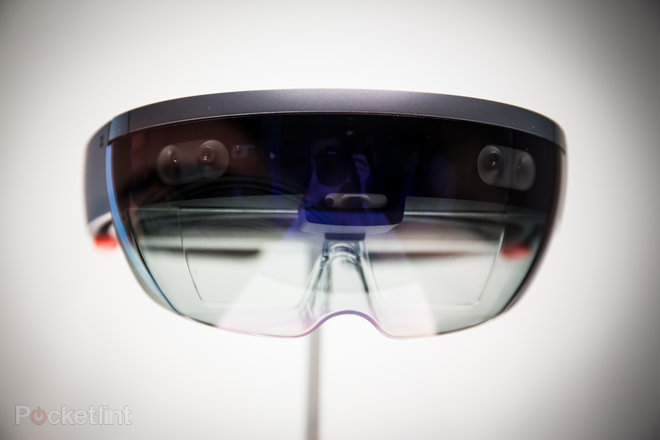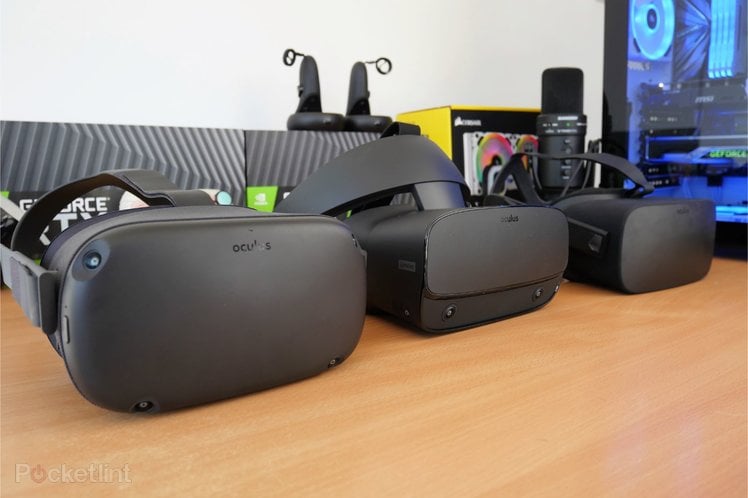
The idea of virtual reality or VR isn’t new of course. It’s been circulating in the tech space for a number of years, but recently, the technology has broken through some of the long-standing barriers.
In recent years, these VR headsets have become more and more accessible both in terms of price and usability. It might have started with devices like Google’s Cardboard opening the door for anyone with a smartphone, but even the high-end headsets are now easier to use and more appealing too.
Modern gaming machines are also more capable and can help deliver lifelike virtual environments in the comfort of your home and this makes it a much more exciting time for VR.
We’ve listed some of the top VR systems available in this feature based on headsets we’ve tested, enjoyed and reviewed.
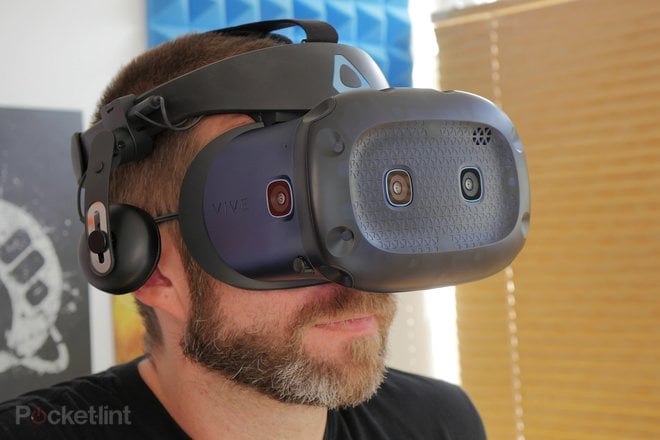
HTC Vive Cosmos Elite
The HTC Vive Cosmos is one of the latest additions to the HTC VR headset line-up and was originally a competitor to the Oculus Rift S with inside-out tracking and an easier setup process than previous Vive headsets. The tracking wasn’t perfect though, so now HTC has released the superior HTC Vive Cosmos Elite. Specs-wise this is one of the best VR headsets on the list, we also found it comfortable, capable and fun to use.
It is pricey, but has a nice feature set that makes it worth considering, even more so now with superior tracking capabilities.
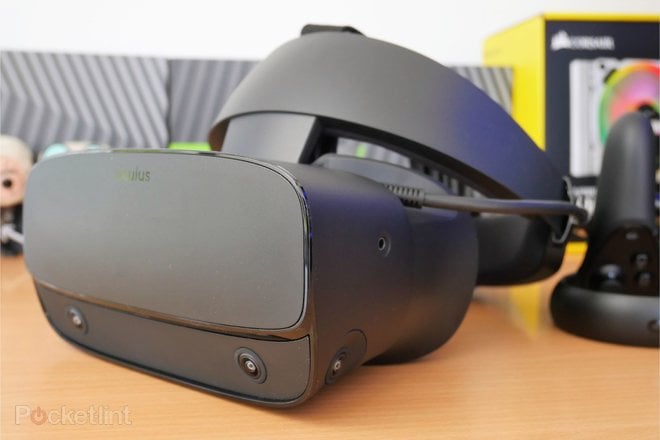
Oculus Rift S
The Oculus Rift S is the flagship VR headset from Oculus. It’s intended as a replacement of the original Rift headset (which is still a great buy if you can get it second hand) and features a number of enhancements that make it well worth considering.
The Rift S is a tethered virtual reality headset that requires a decent gaming PC to run, but delivers a fantastic gaming experience with brilliant visuals, audio and room-scale play. This headset is designed with “inside-out” tracking meaning all the sensors are built right into the device and as such, it’s one of the easiest PC tethered headsets to use.
The best part is the Oculus Rift S is compatible with Rift games and you can buy new experiences from Steam or the Oculus store. This means there’s access to thousands of games, so plenty to play. It’s also comfortable, capable and fantastic fun to boot.
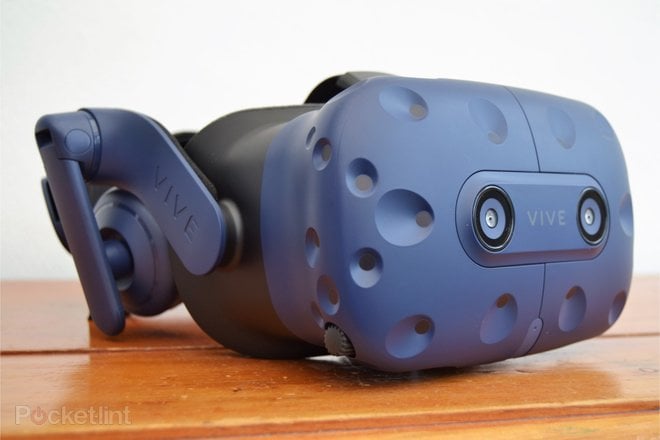
HTC Vive Pro
The HTC Vive Pro is the upgraded and enhanced version of the original HTC Vive and is pitched by HTC as the “professional-grade” VR headset. With an increased pixel density, enhanced resolution and improved audio which includes Hi-Res certified headphones and spatial sound capabilities, this headset is the pinnacle of the VR experience.
The HTC Vive Pro needs a powerful machine to run well, but it will truly blow your socks off. This is headset takes the solid foundations of the original Vive headset and improves upon them in every area. It’s more comfortable, more visually stunning and offers an incredibly immersive gaming experience.
This headset does come with a hefty price tag though, almost as much as the gaming PC you’ll need to run it. You do get what you pay for though and this headset is no doubt the very best VR experience currently.
If this package doesn’t sound appealing enough, you can always splash an extra bit of cash on another version of the Vive Pro that has eye-tracking built into it as well. The HTC Vive Pro Eye is a nod to the future of VR and controller-free experiences and gaming too.
Read our full review: HTC Vive Pro review: The best VR experience, bar none… if you can afford it
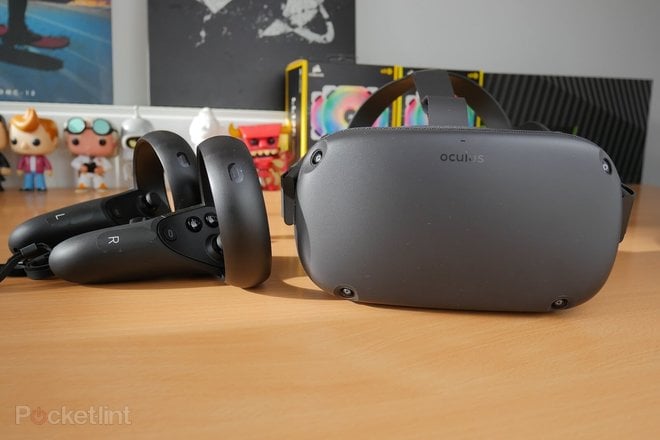
Oculus Quest
squirrel_widget_148499
The Oculus Quest is an interesting headset from Oculus that represents a middle-ground for virtual reality gaming. It’s a standalone device that packs some clever hardware that allows for six degrees of freedom movement thanks to built-in tracking. It doesn’t need to be tethered to a gaming PC or phone in order to run and yet is capable of delivering some impressive gaming experiences.
The Oculus Quest is also cross-compatible with the other Oculus headsets, meaning if you own one, you can play with friends who own an Oculus Rift with no troubles at all. The Quest is bigger and better than the Oculus Go (featured elsewhere in this list) and is a perfect mid-level device for those looking to get into VR gaming in a serious way.
The Quest is also interesting other ways too. The recent addition of hand-tracking, for example, is a nod to an interesting future for VR gaming. You can also tether the Quest to a gaming PC and play games designed to be played on the Oculus Rift S as well, which is ace.
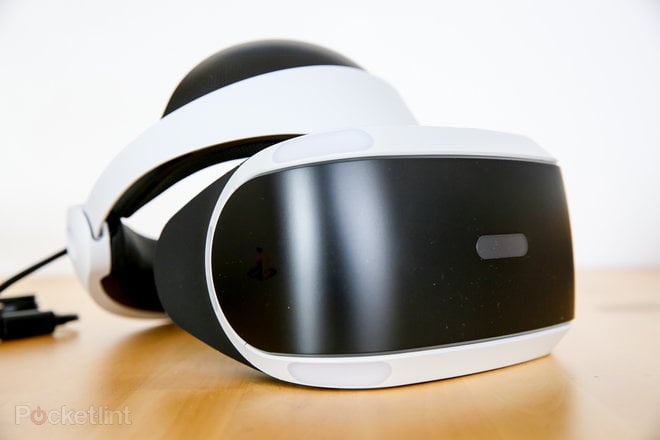
Sony PlayStation VR
Rather than presenting a complete VR system, Sony’s PS VR is an accessory for the PS4, PS4 Slim and PS4 Pro consoles, meaning it is less costly to own than something like Oculus Rift or HTC Vive.
The headset itself is less pricey than the VR headsets designed for PC and the console to run it is cheaper too. PlayStation VR uses the same technologies as the others, although its screen resolution is lower than those used by HTC and Oculus.
It tracks the movement of your head and uses the PlayStation Camera, in combination with your regular PS4 controller or PlayStation Move motion controls, to present the VR experience. This is an extension of your PS4, which is likely to see it as an easy VR choice for many.
There is a hearty line-up of content available, with Resident Evil 7, Driveclub VR, Skyrim VR, Doom VFR, Gran Turismo Sport and others all supporting PS VR.
PlayStation VR removes plenty of barriers to virtual reality because it’s an accessory to an existing platform. It brings immersive gaming to your existing console and is widely available.
Read our full review: PlayStation VR
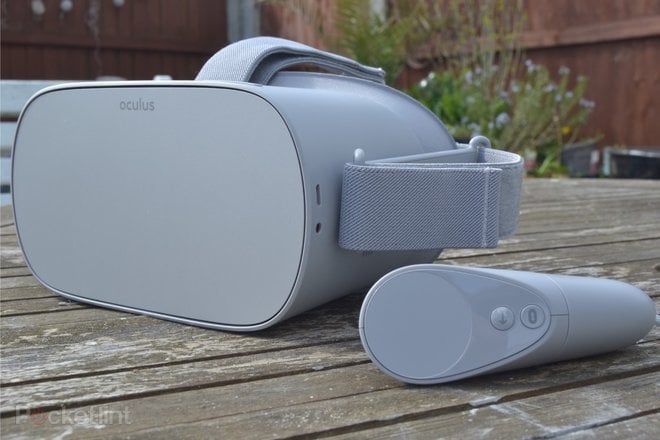
Oculus Go
Oculus Go is an all-in-one headset based on a mobile platform. It’s a step up from the Samsung Gear VR in that it doesn’t require a phone to run. It also has better specifications that include a high-resolution display (2560 x 1440 WQHD resolution) and wireless spatial audio. With a reasonable price tag, the Oculus Go is an affordable and easily accessible way to get into virtual reality.
This headset is compatible with all the experiences currently available for the Samsung Gear VR – meaning over 1,000 games, apps, videos and more. It’s also remarkably easy to pick up and use, so a great starting point for anyone looking to get into VR without all the expense that comes with other devices that require a phone or gaming PC to run.
Read our full review: Oculus Go review: Affordable VR for the masses
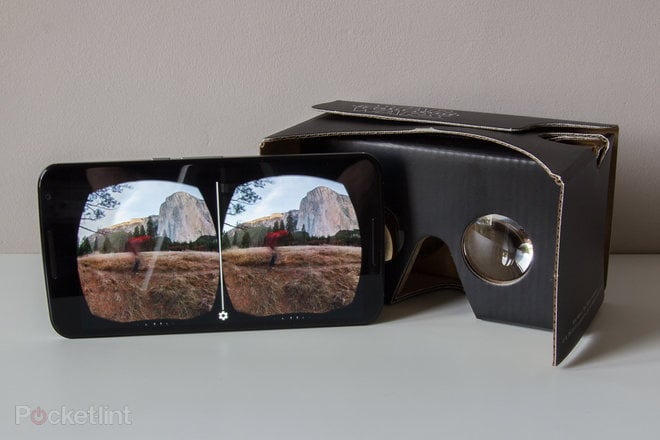
Google Cardboard
Google Cardboard was first unveiled in 2014, as quite literally a folding cardboard container into which a smartphone could be placed. The beauty of Google Cardboard is two-fold: firstly, the hardware cost is almost minimal, often free, and secondly, it’s universal, supporting a wide range of smartphone models – essentially, anything that will fit into the front and stay secure.
Google Cardboard was something of a breakaway success, allowing people to sample VR content (be that from Google or elsewhere), without having to invest in a more substantial system: Google reported that five million Cardboard viewers had shipped up to 2016.
Google has a range of applications for the device, and has highlighted VR for development and investment in the future. Importantly, Cardboard is not only this cardboard viewer, but also the name of a VR platform from Google, now superseded by Daydream.
Cardboard is really an ad hoc VR viewer: there’s no head strap and if there was it would be uncomfortable to wear, instead intended to be held to the face to view the content. There are a range of Cardboard apps for content, as well as being able to view 360 environments such as Google Street View or watching 360 content on YouTube.
Cardboard makes perfect sense: if you want to dip your toe into VR without spending a fortune, this is a good place to start.
Read our full review: Google Cardboard
Microsoft HoloLens
Microsoft surprised everyone when it entered the world of virtual and augmented reality. It unveiled the Microsoft HoloLens headset, which works with Windows Holographic, a technology that adds 3D images in the world around us all. Technically this is more augmented reality than virtual reality, but it’s playing in the same space as some of these other systems, with Microsoft calling it Mixed Reality.
Microsoft wants to introduce augmented reality objects into every aspect of our world. Obviously, that won’t happen with the naked eye, but users wearing HoloLens will be able to see holographic images overlaid onto real objects in front of them. A full Windows 10 system is built into the headset and it runs off a battery, so it’s completely untethered.
The headset displays digital images into your real-world field of view. You can then view and even interact with these digitised-objects as if they were in the room with you. Using Kinect-style tech to recognise gestures and voice commands, the system features a 120-degree field of vision on both axis and is capable of high definition visuals.
Read our full preview: Microsoft HoloLens 2

